5 Amazing Gorges To Explore Around The World
By: Kratika Fri, 25 Feb 2022 7:20:41
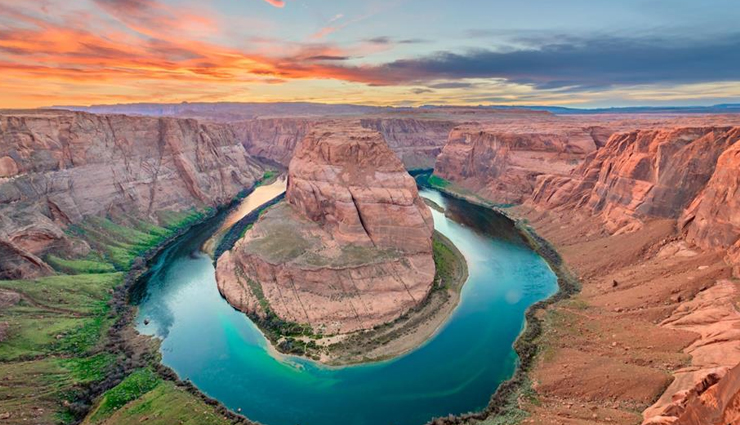
Gorges, also known as canyons, are deep ravines found between cliffs. They are formed from the landscape after being carved by rivers which naturally reach a baseline elevation, creating these stunning natural visuals in the process. Gorges are much more common in arid areas than in wet areas because physical weathering has a greater effect in arid zones. The word "canyon" has a Spanish origin with many being found in the United States while Europeans prefer to use the term "gorge".
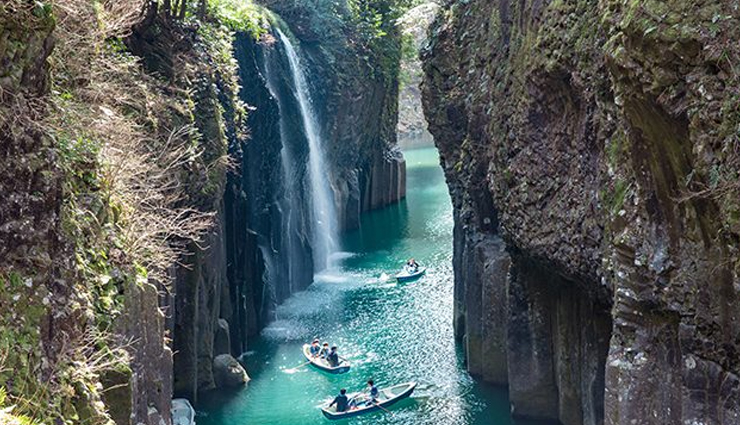
# Takachiho Gorge, Japan
The Takachiho Gorge is a V-shaped gorge, created by the Gokase-gawa River, which eroded the Aso lava. Red-tinted precipitous cliffs rising up on both sides of the gorge extend for a long distance. Manai-no-taki Falls, 17 meters (56 ft) high, is a popular highlight because of the clouds of spray that rise up from the falling water. The gorge has several waterfalls and a great hike up to the Takachiho Shrine.

# Antelope Canyon, USA
Antelope Canyon is the most-visited and most-photographed slot canyon in the American Southwest. It is located on Navajo land near Page, Arizona. Antelope Canyon includes two separate, photogenic slot canyon sections, referred to individually as Upper Antelope Canyon or The Crack; and Lower Antelope Canyon or The Corkscrew. Antelope Canyon was formed by erosion of Navajo Sandstone, primarily due to flash flooding and secondarily due to other sub-aerial processes. Rainwater, especially during monsoon season, runs into the extensive basin above the slot canyon sections, picking up speed and sand as it rushes into the narrow passageways.
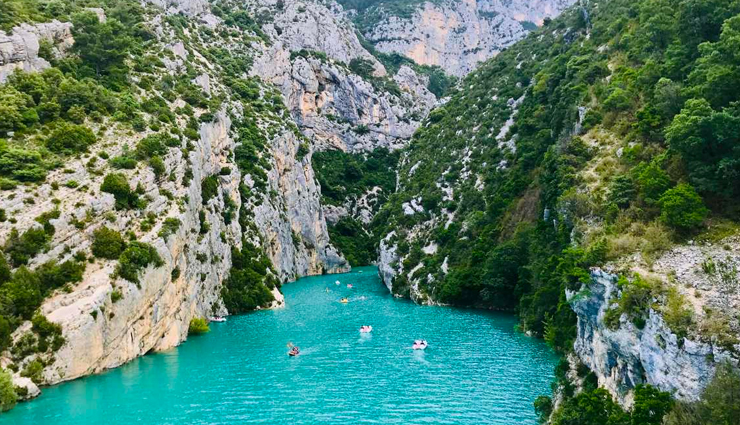
# Verdon Gorge, France
The Verdon Gorge is about 25 km (15.5mi) long and up to 700 metres (2,300ft) deep. It was formed by the Verdon River, which is named after its startling turquoise-green colour, one of the canyon's most distinguishing characteristics. The most impressive part lies between the towns of Castellane and Moustiers-Sainte-Marie, where the river has cut a ravine up to 700 metres (2,300ft) down through the limestone mass. At the end of the canyon, the Verdon river flows into the artificial lake of Sainte-Croix-du-Verdon.
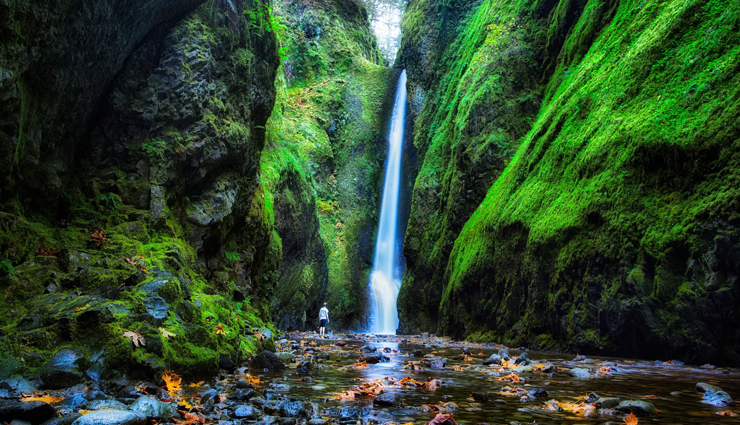
# Oneonta Gorge, USA
The Oneonta Gorge is in the Columbia River Gorge in the American state of Oregon. The U.S. Forest Service has designated it as a botanical area because of the unique aquatic and woodland plants that grow there. The basalt walls are home to a wide variety of ferns, mosses, hepatics and lichens, many of which grow only in the Columbia River Gorge. Oneonta Creek runs through the gorge. There are four major waterfalls on the creek. Middle Oneonta Falls can be seen clearly from a footpath and is very often mistaken for the upper or lower falls. The lower gorge has been preserved as a natural habitat, so there is no boardwalk or footpath through it as such.
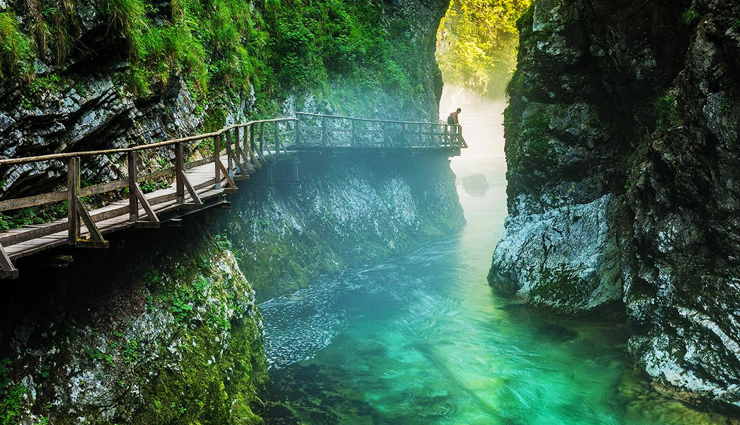
# Vintgar Gorge, Slovenia
The Vintgar gorge is one of the most popular natural features in Slovenia. From Bled the route leads north towards the village of Podhom. All along the road there are clear signs for Vintgar, and then by local roads the route leads to the entrance to the gorge itself (3.5 km or 2.2 mi from Bled). The gorge has been arranged for visitors for more than a hundred years. Along the narrow passage, where the Radovna river thrashes loudly against its rocky confines, there are paths, galleries and bridges constructed in the rock. The trail runs through the 1600 m (1 mile) long gorge.





